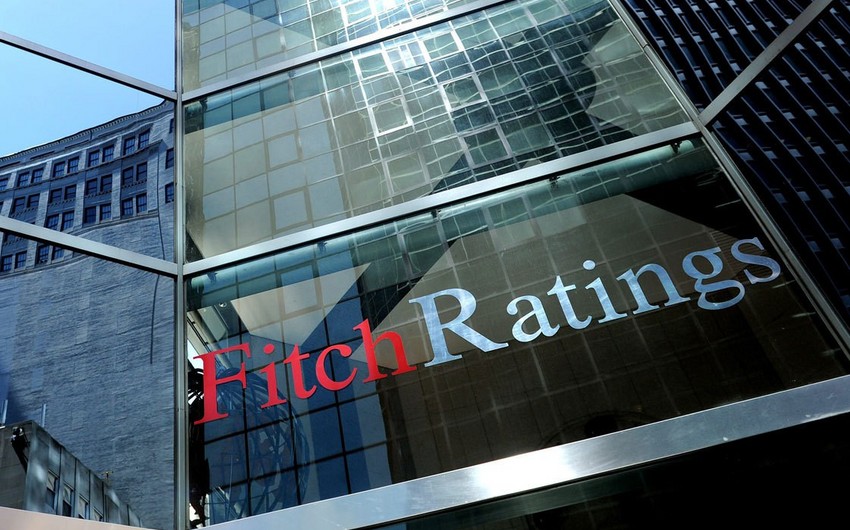Fitch Ratings has affirmed Expressbank Open Joint Stock Company's (EB) Long-Term Issuer Default Rating (IDR) at 'B' with Stable Outlook, Report informs referring to the rating agency’s message.
The IDR of EB is driven by its intrinsic credit strength, as measured by its Viability Rating (VR) of 'b'.
“The latter continues to capture its exposure to a cyclical and oil-dependent Azerbaijani operating environment, which could result in vulnerable asset quality and performance. The bank has so far seen modest pressure on earnings and capital from the economic downturn in 2020. Its high asset-quality risks and modest pre-impairment profitability are balanced against a significant capital buffer, providing EB with strong loss-absorption capacity,” reads the message.
According to preliminary International Financial Reporting Standards (IFRS) accounts, impaired loans (Stage 3 loans under IFRS 9) rose to a high 15 percent of gross loans at end-2020 from 4 percent at end-2019. Stage 2 loans remained a moderate 4 percent.
Impaired loans were 58 percent covered by total loss allowances, and may require additional provisioning in the medium term, in Fitch's view. The bank's high exposure to consumer and micro-lending (57 percent of gross loans) may result in additional loan impairment, although these sectors should be supported by expected economic recovery.
Fitch forecasts real GDP growth in Azerbaijan to recover to 2.5 percent in 2021 after a 4.3 percent contraction in 2020, and this should reduce pressure on EB's loan quality.
“EB's profitability remained modest in 2020 with an operating profit at 0.8 percent of regulatory risk-weighted assets (RWAs). Performance is supported by a strong net interest margin (12 percent in 2020), underpinned by the bank's expansion in consumer lending in recent years, but weak operating efficiency, as expressed by a high 70 percent cost-to-income ratio, weighs on EB's pre-impairment performance. Pre-impairment profit improved to 5 percent of average loans in 2020 from 1 percent in 2019 but we view it as only modest given the potential volatility of EB's loan impairment charges,” Fitch noted.
“EB's capitalization is a rating strength. At end-2020, Fitch Core Capital (FCC) was a high 49 percent of regulatory RWAs, providing the bank with substantial loss-absorption capacity. The regulatory Tier 1 and total capital ratios were 47 percent and 50 percent, respectively, at end-1Q21, comparing favorably with the regulatory minimums of 5 percent and 9 percent. We estimate that EB's capital buffers are sufficient to withstand additional loan impairments equal to a high 40 percent of gross loans and still maintain a healthy 15 percent FCC,” Fitch added.
EB is funded mainly by customer accounts (65 percent of liabilities at end-1Q21) with an emphasis on retail deposits (51 percent of liabilities). Other funding sources include funding from state agencies (17 percent; mainly Azerbaijani Mortgage Fund), repo (3 percent), and funds from the Central Bank of Azerbaijan (CBA; 2 percent).
Liquidity risks are mitigated by a substantial buffer of highly liquid assets (cash and equivalents, short-term interbank placements and placements with the CBA, investments in securities) covering about 80 percent of customer deposits at end-1Q21.


 https://static.report.az/photo/9b4d450e-44b2-4818-b88b-95657b9f3f6b.jpg
https://static.report.az/photo/9b4d450e-44b2-4818-b88b-95657b9f3f6b.jpg

